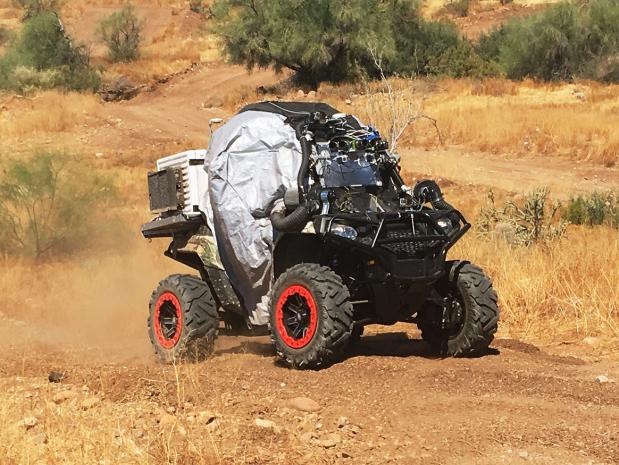
Breaking News
 Nancy Pelosi has officially announced her RETIREMENT at the end of her term, January 3, 2027.
Nancy Pelosi has officially announced her RETIREMENT at the end of her term, January 3, 2027.
 Omeed Malik: The Technocrat Muslim Billionaire Inside MAGA
Omeed Malik: The Technocrat Muslim Billionaire Inside MAGA
 Democrat-led government shutdown is now causing flight delays, threatening air traffic control,...
Democrat-led government shutdown is now causing flight delays, threatening air traffic control,...
Top Tech News
 HUGE 32kWh LiFePO4 DIY Battery w/ 628Ah Cells! 90 Minute Build
HUGE 32kWh LiFePO4 DIY Battery w/ 628Ah Cells! 90 Minute Build
 What Has Bitcoin Become 17 Years After Satoshi Nakamoto Published The Whitepaper?
What Has Bitcoin Become 17 Years After Satoshi Nakamoto Published The Whitepaper?
 Japan just injected artificial blood into a human. No blood type needed. No refrigeration.
Japan just injected artificial blood into a human. No blood type needed. No refrigeration.
 The 6 Best LLM Tools To Run Models Locally
The 6 Best LLM Tools To Run Models Locally
 Testing My First Sodium-Ion Solar Battery
Testing My First Sodium-Ion Solar Battery
 A man once paralyzed from the waist down now stands on his own, not with machines or wires,...
A man once paralyzed from the waist down now stands on his own, not with machines or wires,...
 Review: Thumb-sized thermal camera turns your phone into a smart tool
Review: Thumb-sized thermal camera turns your phone into a smart tool
 Army To Bring Nuclear Microreactors To Its Bases By 2028
Army To Bring Nuclear Microreactors To Its Bases By 2028
 Nissan Says It's On Track For Solid-State Batteries That Double EV Range By 2028
Nissan Says It's On Track For Solid-State Batteries That Double EV Range By 2028
AMERICA'S FUTURE WAR TRUCKS DON'T NEED NO STINKING WINDOWS

Todays, windows are as important as they are inconvenient. You need them to see where you're going, but they're vulnerable to attack, not to mention vision-obscuring grime. That's why the defense contractors competing in Darpa's program to develop a new generation of ground vehicles have so far stuck to a common theme: sayonara, windows.
In January, Raytheon previewed its entry to Darpa's Ground X-Vehicle Technologies program, which aims to keep American soldiers safe by ditching windows in favor of laser-mapped virtual renditions of the outside world.
Now Honeywell has unveiled its competitor, a system that taps augmented reality to give operators a complete sense of their surroundings, no old-timey windows necessary.
The system, which Honeywell recently tested using professional drivers at an off-road course in Arizona, could be used on all sorts of military ground vehicles. It features panoramic internal displays that provide a view of the outside world, one unobstructed by dust and dirt or by the thick pillars necessary in combat vehicles. Roof-mounted cameras collect that external imagery, which onboard computers stitch together into a cohesive image.

 The Technocratic Dark State
The Technocratic Dark State Carbon based computers that run on iron
Carbon based computers that run on iron

